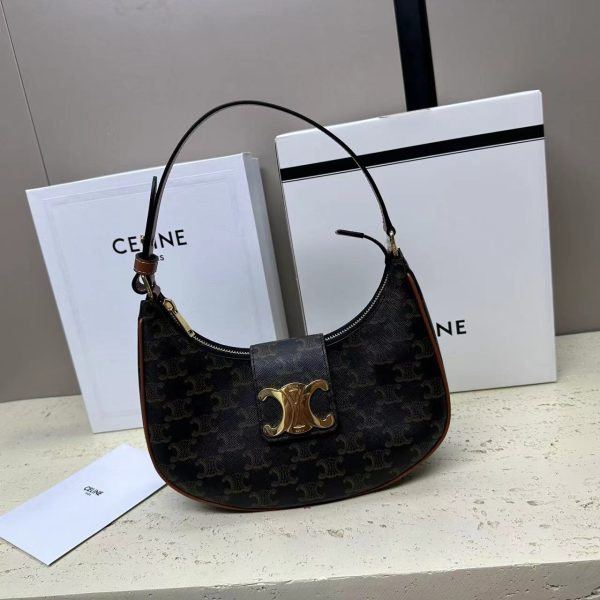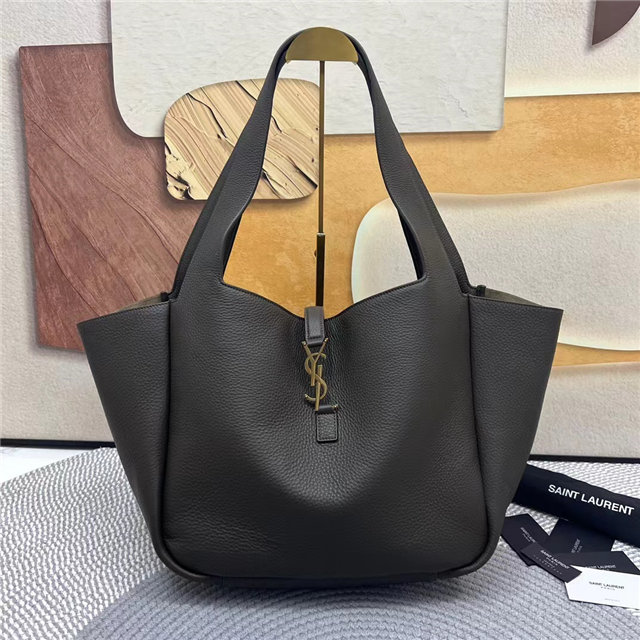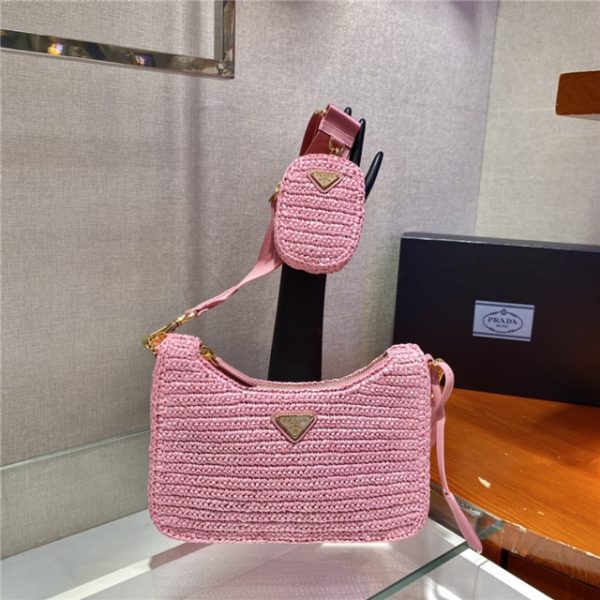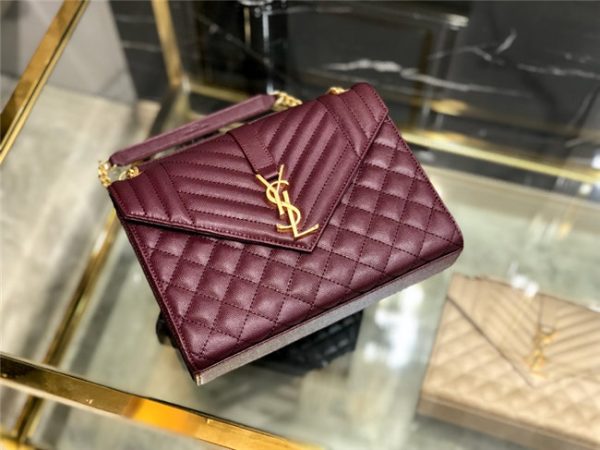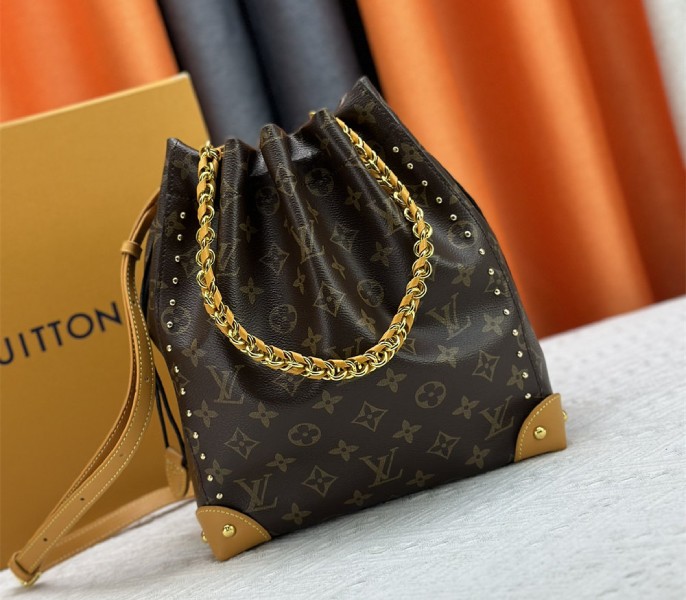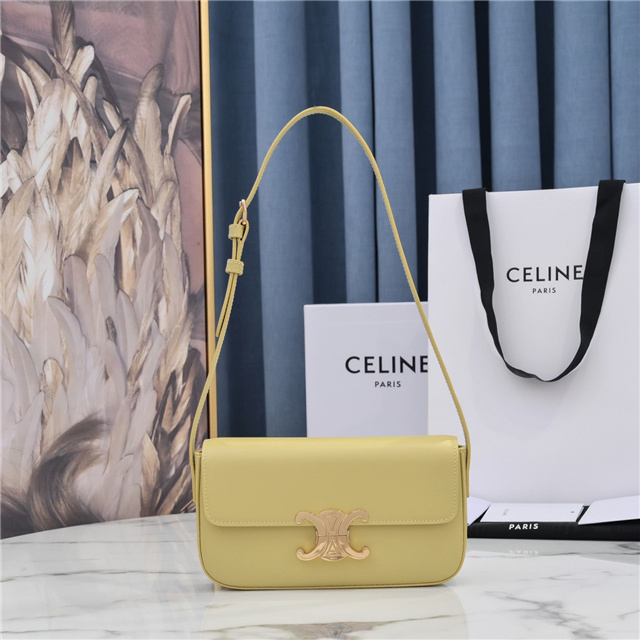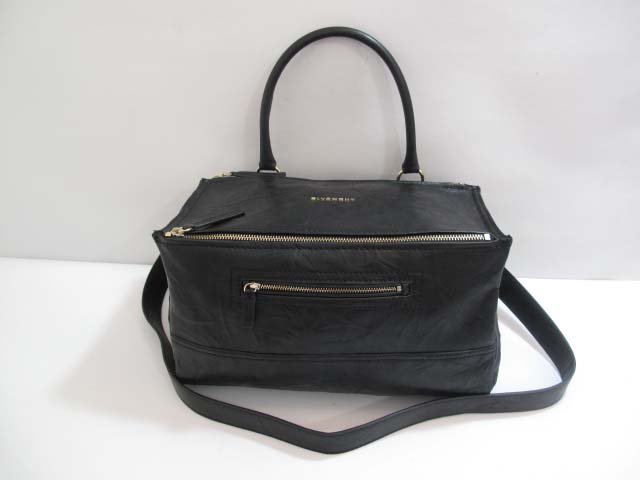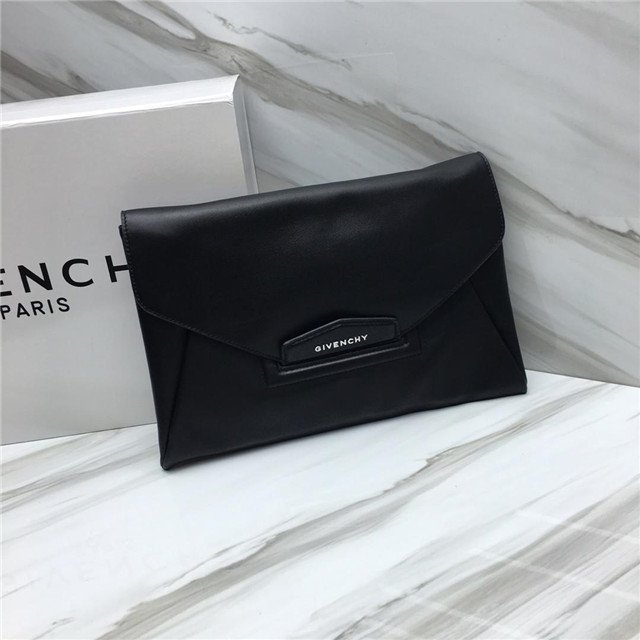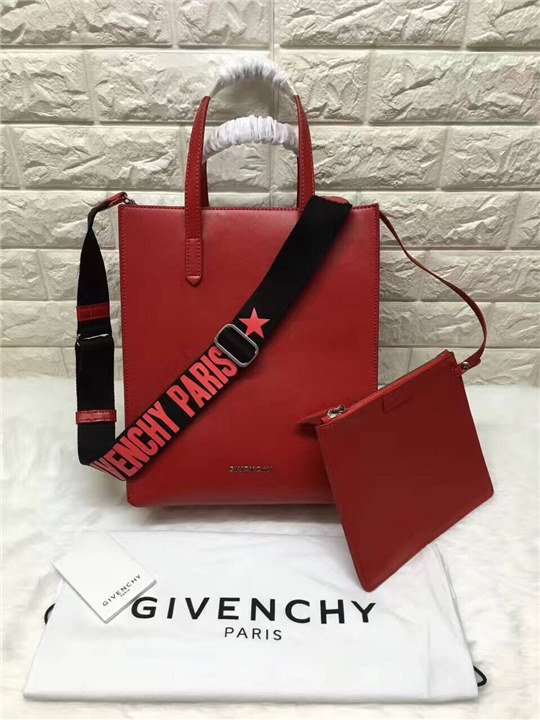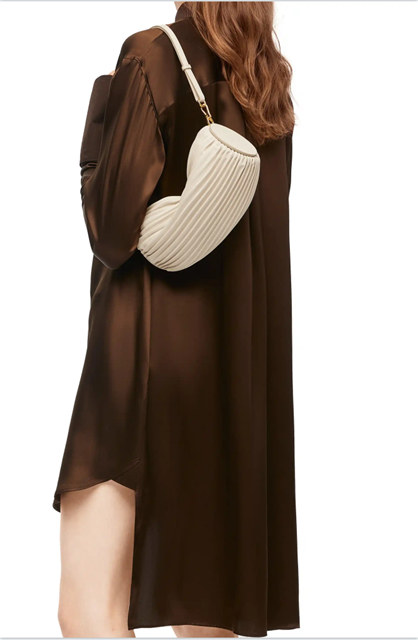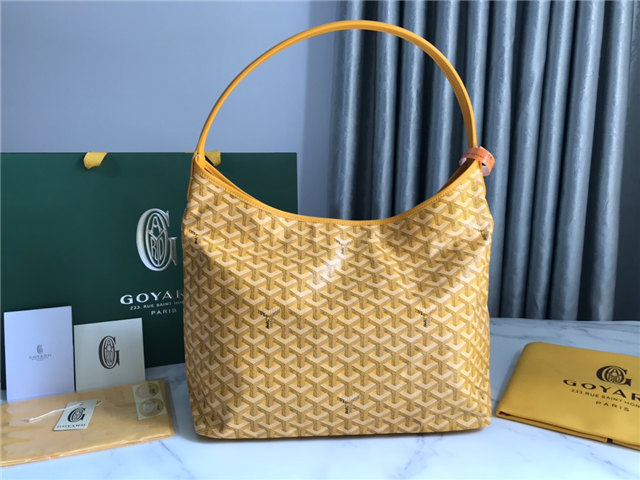First off, you gotta understand, *actual* Hermes? We’re talking serious coin. Like, “forget-about-that-vacation-house” levels of expensive. That’s where these “mirror image” things come in. The idea is, supposedly, they’re like, *exactly* the same. 1:1 copies, ya know? Stitching, leather, serial numbers, the whole shebang.
Now, I’ve seen some. I’ve even been tempted, I ain’t gonna lie. You see these sites bragging, “Pioneer in 1:1 mirror image replicas!” and “Up to 90% savings!” and it’s like… *whoa*. My friend showed me one she got, claiming it was from some “AAA purse” place, and honestly? It looked pretty darn good. I mean, I’m no expert, but side-by-side with a picture of a real Constance (like, that’s the wallet I was eyeing, the Constance Mini, the one with the big H), it was hard to tell the difference.
But here’s the thing, and this is where my brain starts to hurt a little. “Mirror image” implies perfection, right? Flawless replication. But then you see words like “replica journey” and “trusted…” sellers? Suddenly, it sounds a lot less like you’re getting a carbon copy and more like you’re navigating some dodgy back alley of the internet. Like, are these sellers actually using the same materials? Are the craftspeople as skilled? Probably not.
And, like, morally? It’s a grey area. I mean, are you hurting Hermes by buying a “mirror image”? Maybe. Are you supporting potentially unethical labor practices? Possibly. Is it technically illegal? Depends on where you live, I guess. I’m not a lawyer.
Then there’s the whole “passing it off as real” thing. If you’re buying it knowing it’s fake and using it knowing it’s fake, okay, maybe that’s just you and your budget. But if you’re trying to convince everyone it’s the real deal? That feels…wrong. Plus, honestly, people who know Hermes? They *know*. They’ll spot the difference, probably in like, 3 seconds flat.

